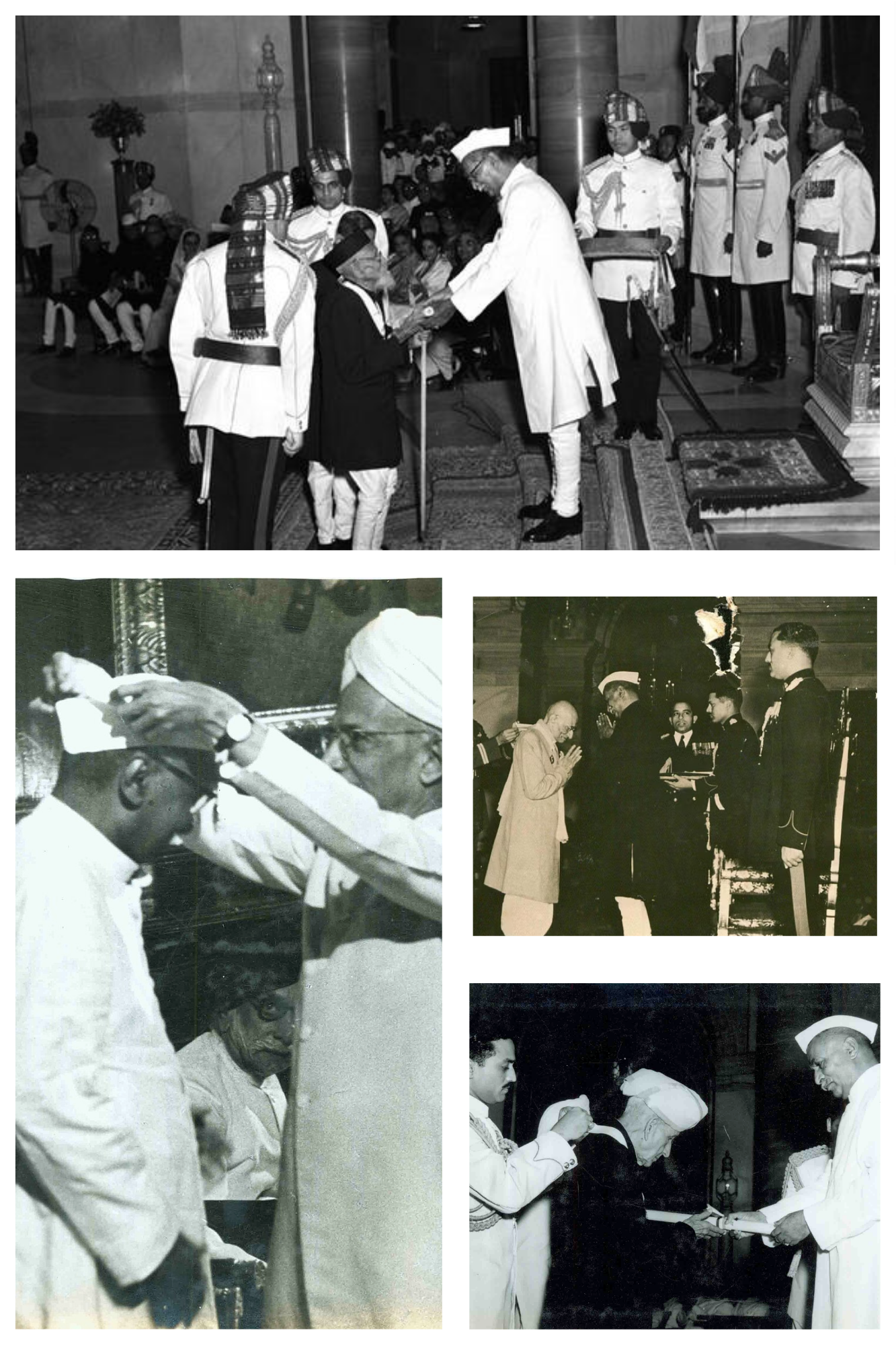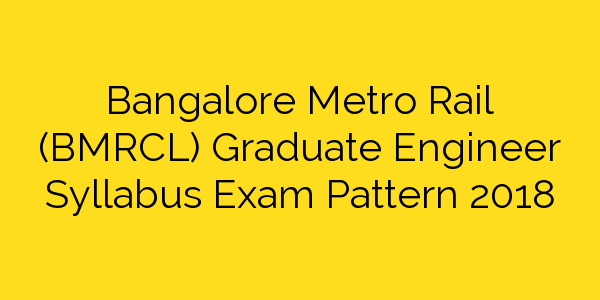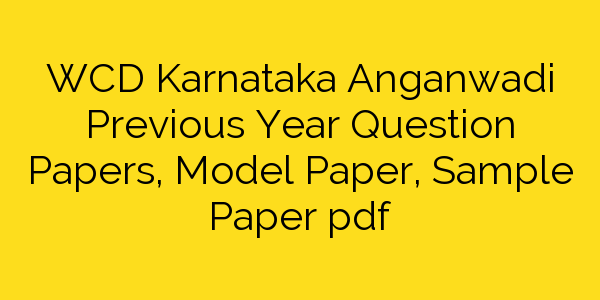Dr. Rajendra Prasad Biography
.png)
Dr. Rajendra Prasad was the first President of independent India and a key architect of modern India. He was a renowned freedom fighter, scholar, lawyer, and political leader who played a pivotal role in India’s freedom movement and the making of the Constitution. Known for his humility, simplicity, and selfless service, Dr. Prasad is remembered as a symbol of national integrity and dedication.
1. Infobox (Summary Table)
|
Field |
Details |
|
Name |
Dr. Rajendra Prasad |
|
Image |
|
|
Caption |
Dr. Rajendra Prasad, First President of Independent India |
|
Birth Name |
Rajendra Prasad |
|
Birth Date |
December 3, 1884 |
|
Birth Place |
Zeradei, Bengal Presidency, British India (now in Bihar) |
|
Death Date |
February 28, 1963 |
|
Death Place |
Patna, Bihar, India |
|
Resting Place |
Mahaprayan Ghat, Patna, Bihar |
|
Nationality |
Indian |
|
Citizenship |
Indian |
|
Other Names |
Desh Ratna (Jewel of the Nation) |
|
Education |
B.A., M.A., LLB, Doctorate in Law |
|
Alma Mater |
University of Calcutta |
|
Occupation |
Freedom Fighter, Lawyer, Politician, Academic |
|
Years Active |
1911–1962 |
|
Known For |
First President of India, Constituent Assembly President, Freedom Movement |
|
Notable Works |
"Atmakatha" (Autobiography), "India Divided", "Satyagraha at Champaran" |
|
Spouse(s) |
Rajavanshi Devi |
|
Children |
1 Son |
|
Parents |
Mahadev Sahai (father), Kamleshwari Devi (mother) |
|
Relatives |
Brother: Mahendra Prasad |
2. Early Life and Education
Dr. Rajendra Prasad was born on 3rd December 1884 in the small village of Zeradei in the Siwan district of Bihar (then part of Bengal Presidency). He hailed from a well-off Kayastha family. His father, Mahadev Sahai, was a scholar of Persian and Sanskrit, and his mother, Kamleshwari Devi, was a religious and devout woman.From a young age, Rajendra Prasad showed brilliance and discipline. At the age of five, he was sent to a traditional elementary school where he studied Persian, Hindi, and arithmetic. Later, he was enrolled at Chapra District School and then T.K. Ghosh’s Academy in Patna.He passed the University of Calcutta's entrance examination in 1902, scoring first in the entire province, and received a scholarship. Rajendra Prasad pursued B.A. (Honors) in English from Presidency College, Calcutta. He also earned M.A. in Economics in 1907 and later went on to study Law at the University of Calcutta, eventually earning a Doctorate in Law.
3. Career
Career Beginnings
Dr. Rajendra Prasad began his professional career as a lawyer at the Calcutta High Court and later moved to the Patna High Court after its formation in 1916. However, his legal career soon took a backseat as he became deeply involved in the Indian independence movement.
Entry into the Freedom Movement
His entry into national politics began when he joined the Indian National Congress during the Lucknow Session in 1916. It was here that he met Mahatma Gandhi, who became a pivotal influence on his life.He actively participated in the Champaran Satyagraha (1917) and the Non-Cooperation Movement (1920–22). He also supported the Salt Satyagraha and the Quit India Movement. Prasad was imprisoned multiple times by British authorities, yet he remained committed to the cause of Indian freedom.
Political Milestones
- President of Indian National Congress three times (1934, 1939, and 1947)
- Headed the Relief Committee during the 1914 Bihar floods and 1934 earthquake
- Elected as President of the Constituent Assembly (1946–1950), where he played a key role in drafting the Indian Constitution
- Became the First President of Independent India on 26th January 1950
First President of India (1950–1962)
Dr. Prasad served as President of India for two full terms (1950–1962), the only Indian president to do so. His presidency was marked by integrity, impartiality, and simplicity. He maintained the dignity of the office and acted as a true guardian of the Constitution.
4. Personal Life
Family and Marriage
Dr. Rajendra Prasad married Rajavanshi Devi at a young age in a traditional arranged marriage. They had one son together. His personal life remained private, and he balanced his public duties with family responsibilities.
Hobbies and Interests
He had a keen interest in spiritual studies, philosophy, literature, and writing. Dr. Prasad wrote extensively in English, Hindi, and Urdu, contributing significantly to nationalist literature.
Philanthropy and Humanitarianism
He was deeply involved in social service and was particularly active in relief work during floods, earthquakes, and famines in Bihar. His work during the 1934 earthquake was widely appreciated.
5. Death and Legacy
Circumstances of Death
After completing two terms as President, he retired in 1962 and returned to Patna. He lived a simple, Gandhian life until his death on February 28, 1963, at the age of 78.
Funeral and Memorial
He was given a state funeral in Patna, and his resting place, Mahaprayan Ghat, remains a place of homage.
Legacy
- Remembered as the “Desh Ratna” (Jewel of the Nation)
- His life continues to inspire Indians to pursue a path of truth, service, and patriotism
- His birthday is celebrated in Bihar as Rajendra Prasad Jayanti
- Statues and educational institutions across India honor his contributions
6. Awards and Honors
- Bharat Ratna (1962) – India’s highest civilian award, conferred shortly before his death
- Commemorated on Indian postal stamps
- Numerous universities and public institutions named after him (e.g., Dr. Rajendra Prasad Central Agricultural University)
- Roads, schools, and public parks across India named in his memory
7. Bibliography (Notable Works by Dr. Rajendra Prasad)
|
Title |
Year |
Description |
|
Atma katha (Autobiography) |
Posthumous |
Autobiographical account of his life |
|
India Divided |
1946 |
Analysis and opposition to the partition of India |
|
Satyagraha at Champaran |
1922 |
Chronicle of Gandhi's first civil disobedience campaign |
|
Mahatma Gandhi and Bihar |
Various |
His reflections on Gandhi’s work in Bihar |
8. References
- Majumdar, R.C. (2004). Struggle for Freedom. Bharatiya Vidya Bhavan.
- Brown, Judith M. Gandhi: Prisoner of Hope. Yale University Press.
- Official archives of Indian National Congress and President of India websites.
- "Dr. Rajendra Prasad: A Biography" – Publications Division, Ministry of Information & Broadcasting.
- Gandhi Heritage Portal – Letters and speeches by and to Dr. Prasad.
9. External Links
सरकारी नौकरियों, जीके अपडेट्स और करेंट अफेयर्स की ताज़ा जानकारी सबसे पहले पाने के लिए:
-
हमारे WhatsApp चैनल को फॉलो करें:
https://whatsapp.com/channel/0029Vb6sjZz0wajwDXcd5B0U -
हमारे Telegram चैनल को फॉलो करें:
https://t.me/educationmastersin -
हमारे Facebook Page को फॉलो करें:
https://www.facebook.com/educationmastersindia








.jpg)
.png)
.jpg)
.jpg)
.jpg)

